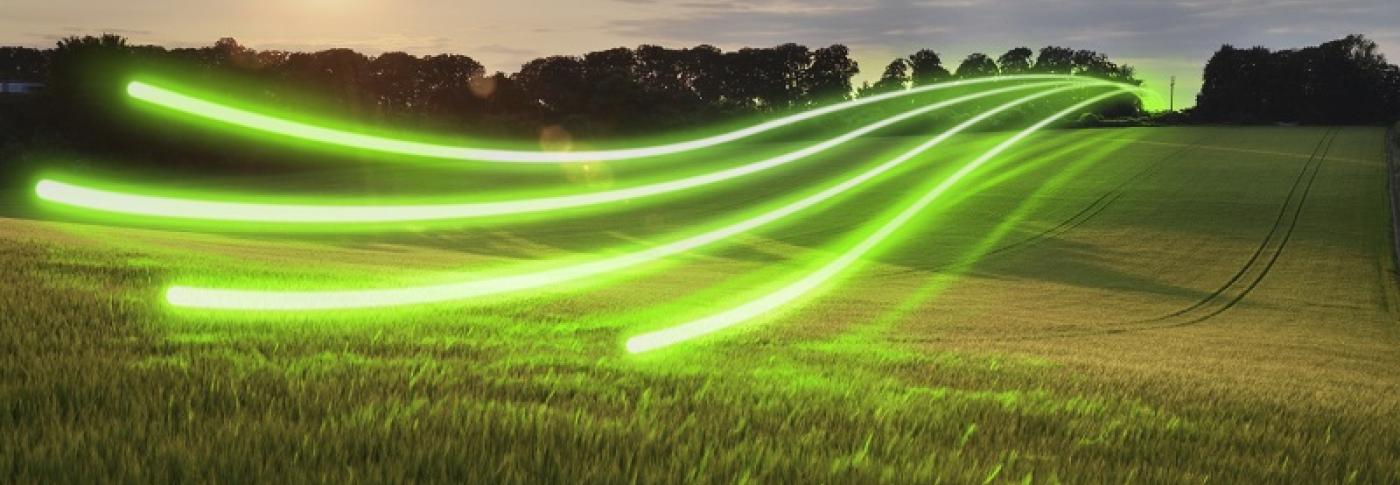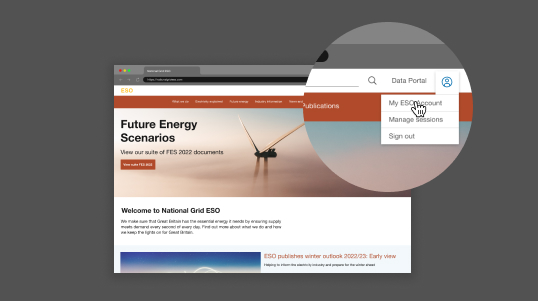
Introducing Bridging the Gap 2020: Peaks and Troughs
13 Aug 2020 - 4 minute read
Last year the ESO built on the success of our Future Energy Scenarios by launching FES Bridging the Gap to net zero. The report gives a collaborative view from across and outside the energy industry, focused on going beyond FES to recommend actions to progress the UK towards its net zero 2050 target.
In a year of increased uncertainty, the next Bridging the Gap report will look at a different topic – how the energy system needs to evolve to manage unpredictable demand. As we look to start our conversations with industry to help build the report Becky Hart, ESO Strategy Manager explains why we’ve chosen to focus on this topic and how people can get involved.
2020 hasn’t been the year any of us expected. Covid-19 has forced us to change the way we live our lives - and run our energy system. For the ESO, this has brought into full view what the medium-term future could look like. The operational challenges of intermittent renewables and the shift from transmission to distribution connected generation have been more apparent in lockdown.
To deal with these more unpredictable demand peaks and troughs we put into action some of the plans we’d already made to enable the operation of a carbon free electricity system (one of the ESO’s 2025 goals).
Changing patterns in demand (the lockdown effect)
Complete lockdown on 23rd March saw morning peak demand drop by 17% as people weren’t getting up as early, offices weren’t turning on lights and factories weren’t gearing up for a day’s production. April was also uncommonly sunny. This generated a lot of electricity from the increasing number of solar power installations around the country (13GW installed capacity and counting).
During this period of low demand and high levels of zero marginal cost electricity, a new coal-free record was set of 68 days. This is a window into the future, as it’s only a few years until coal-fired generation will permanently stop in the UK.
Unpredictable demand and high levels of renewable generation have meant that the evening peak is no longer the only thing to focus on. On the afternoon of Easter Sunday, the ESO control room saw demand levels almost 20% lower than normal because of so much embedded PV (solar power built into homes, buildings and businesses) and the fact no shops, pubs and restaurants were open. This was a challenge of low demand and peak supply.
In future, as renewable energy capacity grows across all parts of the system – in homes, businesses and as national generation - new behaviours and the varied sources of energy supply will create the need for a more dynamic response to the likely increase in peak and troughs.
Designing the electricity systems of the future
To deal with this future, we have to design a system that can be shaped to manage new technologies and behaviours, not least electric vehicles. Millions of cars together represent a huge demand (up to 100TWh in 2050) but they could be plugged in anywhere and at any time.
For example, Monday to Friday charging at the office, during school holidays at seaside towns around the country or on a sunny bank holiday weekend at rapid charge points on the motorway network. And this is just transport, what happens if more heating becomes electric? How can we make sure that supply and demand match?
Supply and demand are changing, and the energy system needs to catch up. Decarbonisation has to be supported by incentivising low and zero carbon energy generation, which can provide a safe and secure electricity supply. With the energy industry taking a collaborative approach on these issues, we will be able to achieve this, at the lowest cost to consumers.
Bridging the Gap will bring a diverse set of stakeholders from across energy together. We will address how peaks and troughs could impact the system and consider the levers, enablers and mechanisms that can help us manage the system effectively. We want to examine the role of technology, markets and data and digitalisation and answer, as far as we can, the following questions:
- What technological changes will be needed?
- How will markets need to adapt in order to enable demand being dispatched to meet supply?
- How can data and digitalisation play a part in managing the dynamic changes in the system, caused by new assets, technologies and behaviours?
Bridging the Gap’s aim this year is to investigate these new challenges, with a wide range of stakeholders, and to reach a consensus on what are the new ‘peaks’; those critical points our energy system has to deal with.
We’ve summarised it as - Peaks and troughs: how markets, technology and digitalisation can help meet the new challenges of a decarbonised energy system.
If you’re already thinking about any of these challenges or have ideas about how the energy system can adapt, we’d love it if you would join us at one of our stakeholder events in the autumn.
Please register your interest by email and we’ll be in touch with more details in September.
